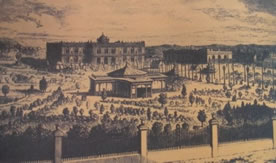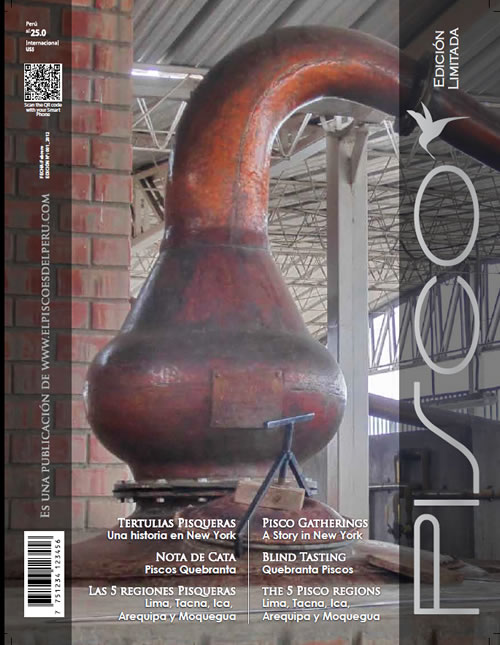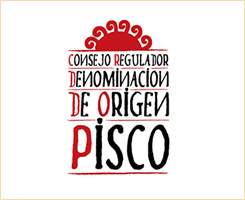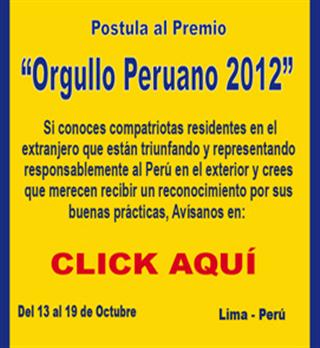A very interesting source to study the origins of wine culture in Peru is the book written by the Benedictine friar Benito de Peñaloza published in 1629 under the name “The Five Excelencies of the Spaniard”.
Fray Benito Peñaloza y el origen de las viñas en el Perú.
We want to thank Mr. Eduardo Dargent Chamot Presidente de la Academia Peruana del Pisco for allowing us to publish this article.
A very interesting source to study the origins of wine culture in Peru is the book written by the  Benedictine friar Benito de Peñaloza published in 1629 under the name “The Five Excelencies of the Spaniard”. In this book, according to Manuel de Mendiburu in his Diccionario Histórico Biográfico:
Benedictine friar Benito de Peñaloza published in 1629 under the name “The Five Excelencies of the Spaniard”. In this book, according to Manuel de Mendiburu in his Diccionario Histórico Biográfico:
“He deals with the justification for the conquest of the Indies; of what the King possessed in Asia, Africa and the Americas; of the enormous richness the Spaniards had in this region; of the gold, silver and mercury mines; of the harm produced by the vineyards of Peru, of its solutions and convenience of taxing the wine.”
This curious character makes a negative analysis of what in Peru is considered a positive fact. Fray Benito considers that all the evils of the Indies are the result of the vines that were planted in Peru, and is so emphatic in this thesis that nothing escapes of it. Non-the-less it is convenient to read him because he gives very valuable facts that help the researcher in his job of reconstructing the history of the national wineries.
According to Peñaloza the grape plantations were to be blamed for the end of the conquest because, he explains, it was more profitable for the Spaniards to stay in their farms instead of beginning new adventures; also he says that it was because of the vineyards that it was impossible to find local workers for the mines and blames the work of the Indians in these plantations as the cause that had forced the importation of African slaves “with all their contagious diseases” , and finally as if all the said before was not enough, blames the wines and spirits to be the magnet that attract pirates to the southern Pacific.
If only the capricious mentioned arguments are taken in consideration, the reader might be tempted to disregards Peñaloza’s treaty, but in it he talks about the transport of the Spanish wine to the Americas, the time it takes to arrive to its destiny and the prices it reached. For example, when he refers to prices, he mentions that they were raised because of the difficult transportation due to the distance, and explains that in the times when he writes his notes, both have been reduced very much. From Panama to Lima Arica and Chile it used to take between eight months and a year but by the early XVII century it was normally a two months trip in average.
These delays influenced the Price of wine, especially the one that was sold in the interior of the country and therefore says that “In the old times the price of wine in Potosi was as high as 100 and 200 patacones (8 Reales cobs) for a jug, and even at that price it was difficult to find”.
Regarding the transport of wines to Potosí, the volumes mentioned by Peñaloza sound impossible. In the studies made of the transport of minted silver from the Potosí to Arica, llama trains of 900 beasts were registered which itself is surprising considering that the animals had to be unloaded every night and loaded again in the morning and even if this was not done, the animals had to be fed and taken care of every day. In reference to this the author mentions that “some Spaniards worked with droves of four to six thousand llamas in the route to Potosí and other places, and that each llama carried two jugs of wine.
Regarding the attitude of the Spaniards to the vineyards and even to the store and tavern keepers, Peñaloza explains that if the conquistadors that penetrate the Andes, don’t find good lands to plant vines, they return quickly to the coast searching the “sweetness of the easy profits”, that they spend in silks brought from China via Acapulco, expensive textiles from Italy and “other smuggled clothings”, while those who decide to be shop or tavern keepers do it because of the immense profits, although, he explains, in Spain they would be ashamed of doing it.
He is very naive when he explains that the raids made by the Duch and the English ships to the ports of Arica, Paita and Guayaquil among others were “only for the wine warehouses that find in them”.
A very valuable contribution of Peñaloza is in regard to the cartography of the wine routes. He considers that the routes used to carry Peruvian wine to all the continent could be equally used to move the Spanish wine “which must never be missing in Peru”, and goes into a detailed description of the routes not found in any other document of the period. He mentions, for example, that “from Buenos Aires it is transported in carts to Mendoza, and in two days they cross the Andes to Santiago”. His detailed descriptions are so precise that it is possible with them to make a excellent map of the wine routes of the XVI and XVII centuries.
The study of Peñaloza’s text shows once more that the sources which we have for the study of the production of wines and spirits is almost inexhaustible, and allows the researcher, with talent, to demand always for new information.








